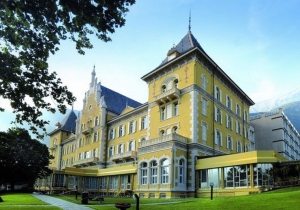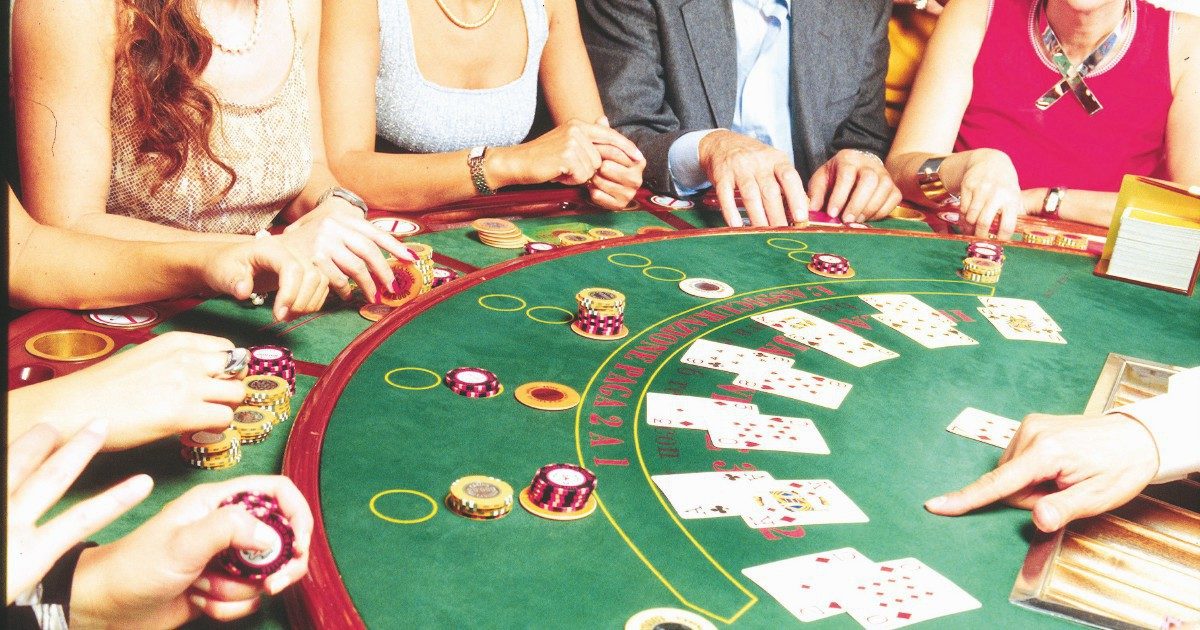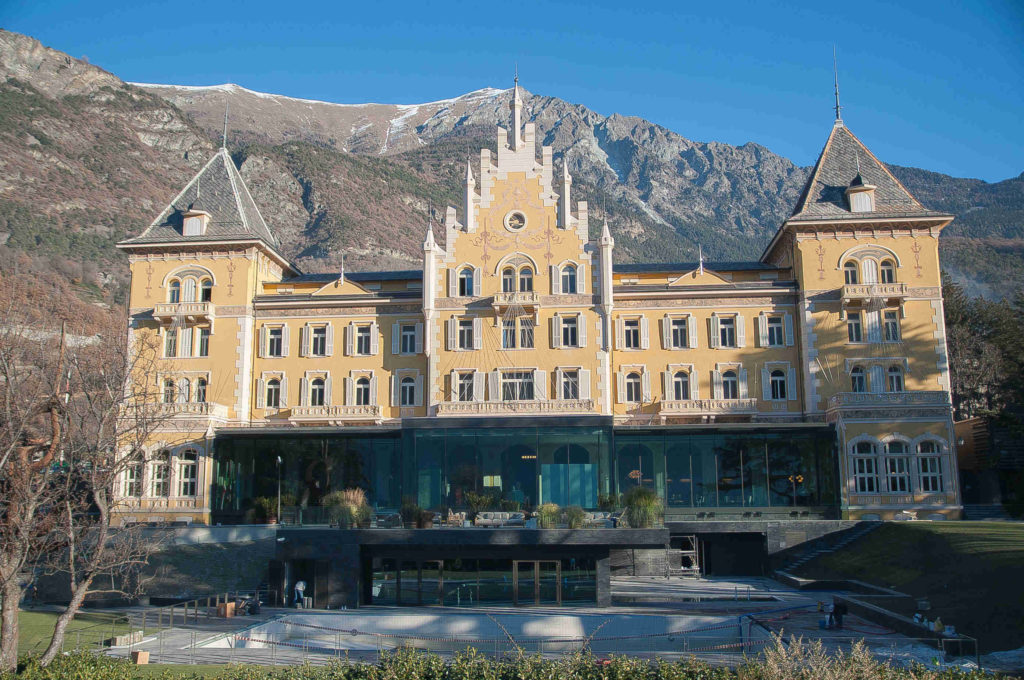Casino In Valle D'aosta
On average, 3-star hotels in Valle d'Aosta cost £82 per night, and 4-star hotels in Valle d'Aosta are £135 per night. If you're looking for something really special, a 5-star hotel in Valle d'Aosta can on average be found for £279 per night (based on Booking.com prices).
- Find Your Perfect Valle d'Aosta Casino Hotel. Are you wondering where the hottest tables are or what Valle d'Aosta hotel has the most spectacular all-you-can-eat buffet? (Winning boat loads of money can really work up an appetite.) Valle d'Aosta saw a lot of action the previous year, and you can find helpful tips in our review section.
- Les Neiges d'Antan is set high in the Alps in a quiet village outside Cervinia city centre. It provides free transfers to the main ski lifts of Cervinia and Valtourneche. Ski passes can be bought. Read more Rating 9.8 Prices from $233.
- Processo Casino Valle D'aosta How to claim a no deposit casino bonus? It depends Processo Casino Valle D'aosta on which no deposit casino you intend to join. Some require the coupon code (which is provided in our table) to be entered during the registration or log-in process: for instance, in Real Time Gaming (RTG) casinos, you will need to provide your coupon code after you have signed up.
- Best Casino Hotels in Valle d'Aosta on Tripadvisor: Find 1,936 traveller reviews, 1,450 candid photos, and prices for 7 casino hotels in Valle d'Aosta, Italy.

The Casino de la Vallée, also known as the Casino of Saint-Vincent, is one of the three Italian gambling houses, the only one in Valle d’Aosta, in the small mountain municipality of Saint-Vincent: Altitude = 550 m.
First years
In 1921 the mayor of Saint-Vincent Elia Page asked the “Aosta Prefect” for permission to open a roulette wheel for the summer months; permission was granted and roulette open for the summer months.
The roulette was closed with the entry into the war in 1940.
Postwar
In 1945 he was again named Mayor of Saint-Vincent Mr. Elia Page who on November 6th 1945 sent a letter to the Ministry of the Interior to request the opening of a gambling house in Saint-Vincent, but received no reply.
The following year Federico Chabod, president of the Valle d’Aosta, issued the regional decree of 3 April 1946 which granted the opening of the casino.
On May 13, 1946 the Valley Council voted in favor of the opening.
On May 17th, the distribution of profits was established between the Region and the concessionaire.
On March 29, 1947 the casino was inaugurated and the first customers were a textile industrialist from Biella, a Casale lawyer and a Turin merchant.

It reminds us similarly of the situation of Indian “Kashmir” even if extremely quiet from the political and social point of view, in fact there are no war events since 1945 and crime is practically non-existent.
The population thanks to independence, the location on the border with three states (Italy, France and Switzerland), and the seriousness and hard work of its inhabitants, enjoys the highest per capita income in Italy and one of the best in Europe.
near the Casino de la Vallée you can still admire the imposing Belle époque-style building of the Grand Hotel Billia, in the fifties and sixty centers of tourist attraction of Saint-Vincent thanks also to the renown of the thermal baths, once the seat of the Casino,and still luxury hotels.
In Saint-Vincent both in summer and winter you can practice many sports, tourism is certainly the economic engine and the main source of income, for this reason hospitality and the highest tourist service are proverbial and famous all over the world.
The natural heritage is comparable only with the most famous resorts of the Himalayas (although the heights are obviously not comparable).
However, world-class natural attractions are certainly:
the Mont Blanc massif
the Gran Paradiso massif
the Monte Cervino
the Monte Rosa
and the natural park (the oldest and most famous in Italy) the “Gran Paradiso”
(en. great paradise)
You can also admire dozens of fabulous medieval castles in an excellent state of preservation and the architecture is everywhere that historic Mitteleuropean mountain, in perfect conservation conditions as in past centuries.
Un Casino In Valle D'aosta

The “via delle Gallie” (lat. Via Publica or strata Publica), also called “strada delle Gallie”, was a Roman consular road built by the emperor Augustus on the trail of pre-existing paths to connect the Po Valley with the “Gallia”, hence the name of the street. First public work carried out by the Romans in Valle d’Aosta, it partly crossed modern Italy, France and Switzerland.
It was created to facilitate the military and political expansion of Rome towards the Alps, which then materialized with the conquest of Rezia and the Alpine arc under Augustus. The “Via delle Gallie” began at Mediolanum (modern Milan) and passed through Augusta Eporedia (Ivrea), bifurcating into two branches at Augusta Praetoria (Aosta).
From Augusta Praetoria a branch of the road led towards the pass of the Piccolo San Bernardo pass (lat. Columna Iovis) up to Lugdunum (Lyon), while the other branch reached the pass of the Gran San Bernardo hill (lat. Mons Iovis ) and then lead to Octodurus (Martigny), in the modern Canton of Valais, Switzerland. In medieval times, the route of the Via Francigena will overlap, while in the nineteenth century, for long stretches, it will coincide with the state road 26 of the Valle d’Aosta and the state road 27 of the Gran San Bernardo.
The system of Roman roads – in the imperial age – responded to the need to move armies (Legions) and supplies for the fighters rapidly, as well as of course in times of peace favoring the trade and transit of goods as in the East the “Silk Road”.
By extension and technological complexity the set of Roman roads are comparable with the Great Wall of China.
The Romans also built defensive valleys, for example in the United Kingdom the “Vallo di Adriano” (in Latin: Vallum Hadriani, in English: Hadrian’s Wall or Roman Wall). Another example is the “Limes germanico-retico”; is a set of border fortifications, forts and auxiliary forts (castella), towers or guard posts (turres or stations lat. “stationes”), walls or palisades and a rampart, built by the Romans to protectof the borders of the provinces of Upper Germany and Rezia and which enclosed between the rivers Rhine and Danube for 548 km of roads, fortifications, watchtowers, ditches, aggers and palisade. However they preferred the mobile defense centered on their heavy infantry, the Legions.
In the terrestrial environment, cavalry played a secondary role.


The excellent Duca D'Aosta Hotel offers 60 classic rooms close to Roman Forum. Built in 1959, the property is designed in a Roman style.
It is 4.4 km from Maison des Anciens Remedes and 2.7 km from Gressan Green Area. It is located 1 km from the centre of Aosta.This hotel is situated close to a national park and mountains, a few steps from Aosta Cathedral.
All guestrooms are equipped with flat-screen television, coffee and tea making facilities and larder. Guests can take advantage of the garden views. Foam pillows, down pillows and quality linens are featured in every bedroom.
This property serves a large breakfast every morning. Explore traditional restaurant serving culinary creations based on European cuisine. Visitors can have a drink at the lobby bar, which has a terrace and a fireplace. Guests can enjoy French cuisine in Giuliani Al Duca e Up Brasserie located 30 metres away.The property is only 10 minutes' walk from Aosta train station.There is also self-parking and babysitting at an extra charge.A private swimming pool is featured onsite. Duca D'Aosta Hotel offers several sport activities such as snow skiing and hiking.